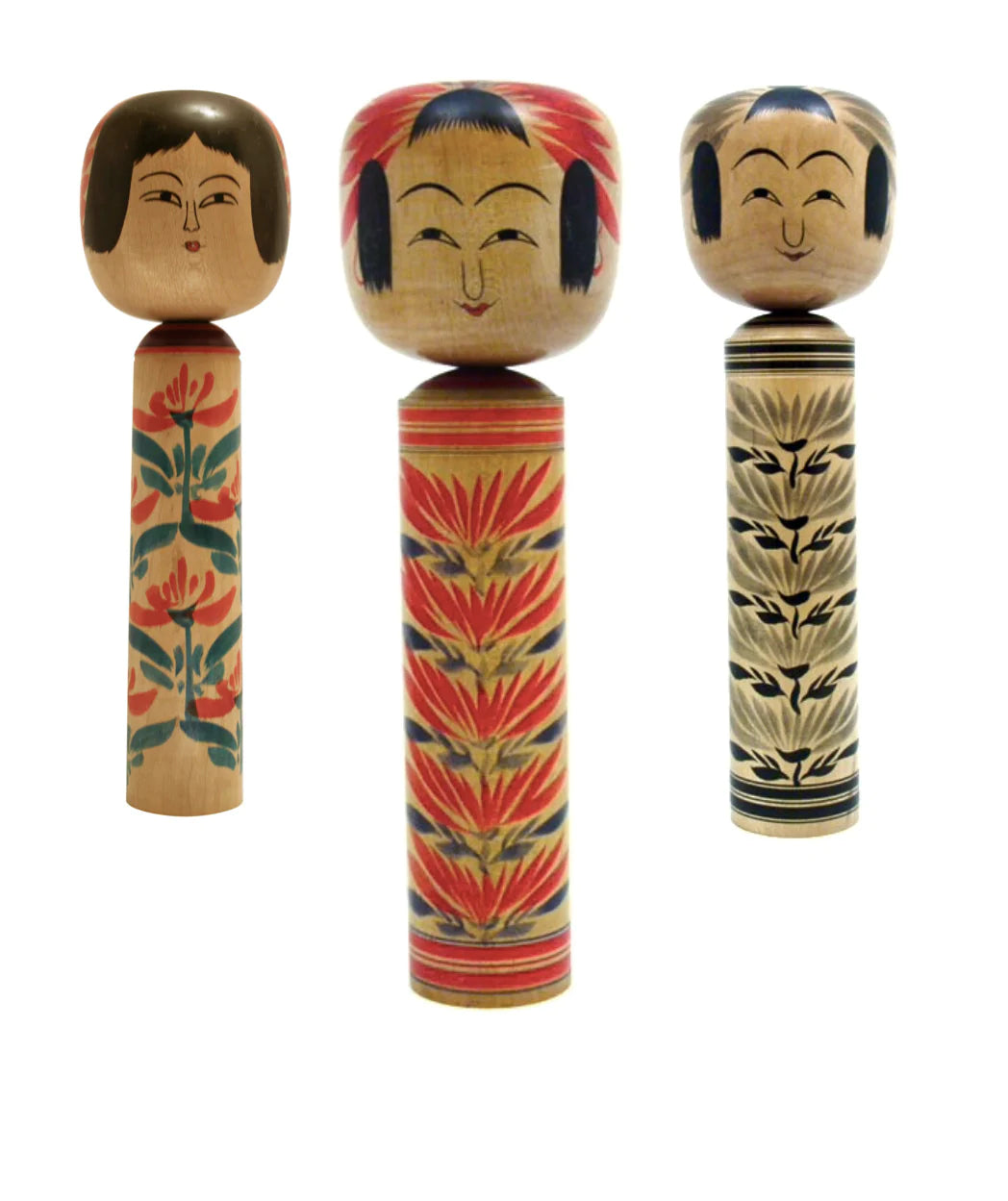100% 🌟🌟🌟🌟🌟 ratings on Mingeiarts, Amazon and Google since 1998. Please see all posted reviews, comments, and overall impressions about our website, product quality and professional service. Contact us if you wish to contribute and share your experience.
- Aida, Seihou
- Aoki, Chikako
- Aoki, Ryoka
- Dewa, Kanhichi
- Fujikawa, Masae (Shoei)
- Fukushima, Hiroe
- Hideo
- Horigome, Yukio
- Hosaka, Yukio
- Iguchi, Hiroshi
- Ishihara, Hideo
- Kanazawa, Tokushie
- Kano, Chiyomatsu (Kanou)
- Katase, Kahei
- Kato, Hiroshi
- Kato, Kuen
- Kato, Masami
- Kato, Shuhei
- Kikuchi, Shukou
- Kishi, Sadao
- Kiyohara, Takao
- Kobayashi, Inosuke
- Kon, Akira (Seiju)
- Kougei, Yuukari
- Kuribayashi, Issetsu
- Matagoro, Kiyomi
- Matagoro, Yashima
- Miyajima, Muhitsu
- Miyashita, Hajime
- Murakami, Ken-Ichi
- Nozawa, Kaoru
- Nyogetsuin
- Okamoto, Usaburo
- Sato, Bunkichi
- Sato, Kouson (A.K.A. Komura)
- Sato, Suigai
- Sato, Tatsuo
- Sekiguchi, Sansaku
- Sekiguchi, Toa
- Sekiguchi, Toshio
- Shibata, Eiko
- Shibuya, Shinraku
- Shido, Shouzan
- Suizan, Shinobu (Yokusan, Shizan)
- Takahashi, Akinori
- Takahashi, Hashime
- Takahashi, Tatsuro
- Takamizawa, Kazuo
- Takeda, Masashi
- Tanaka, Harumasa
- Tsujita, Ryozo
- Tsujita, Tatsuya
- Watanabe, Masao
- Yajima, Shuiho
- Yamanaka, Sanpei
- Yokozuka, Ikuyoshi
- Yonamoto, Minoru
- Yusa, Fukuju
- Unknown Artist



